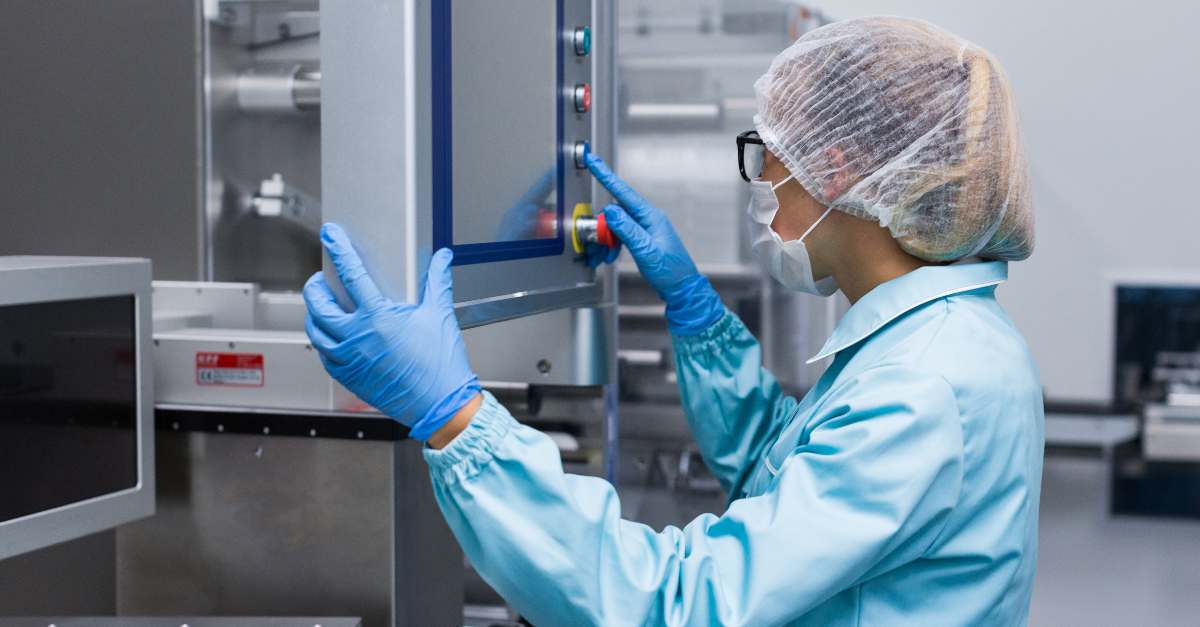If you (or your suppliers) suffer from inconsistent quality, in many cases there is at least one missing ingredient in the quality assurance plan. And, more often than not, process validation was skipped.
In simple terms, process validation is a step that comes between the approval of a prototype and the approval to start mass production.
I have written about this in the past:
- Don’t skip the pilot run
- New product: how many builds before mass production?
- A checklist to catch potential assembly problems
- 7 pitfalls for tech products (from prototype to production)
Its outcome is clear: the factory is ready to go into mass production without any serious or critical issues/risks. If process validation cannot be achieved, the manufacturer needs to go back a few steps. They need to redesign the product and/or the process.
However, I haven’t gone into the details of what it includes. There is more to it than “train operators, have a quality standard, do a pilot run, and do another pilot run until there is no major issue”.
I found it is good to look at industries where quality requirements are high, such as automotive and medical devices. We have much to learn from them.
In both these industries, process validation is a clear requirement:
- Automotive parts: the APQP process lists the validation of the product (does it meet the needs of the users or of the next process?) and of the process (can it produce products that are consistently within specifications?) as one of the 5 key activities when developing a new part.
- Medical devices: the US FDA (regulation 21 CFR 820.75) makes it part of their requirements. Same thing for the EU, since the relevant regulation requests compliance of the manufacturer’s QMS to ISO 13485 (and that standard’s clauses 7.5.1.1 and 7.5.2.1 make validation a requirement).
Breaking process validation down into several steps
In the medical industry, the US FDA requires several steps in the validation process, including the following:
- Installation Qualification (IQ) — when new manufacturing/testing equipment needs to be installed at the manufacturing site, there needs to be a “factory acceptance test” at the supplier’s site and a “site acceptance test” in the final manufacturing facility.
- Operational Qualification (OQ) — this is testing of the elements of the process one by one. Can the processes make the right product? Do they display too much variation?
- Performance Qualification (PQ) — this is testing of all elements together. In other words, this is what we usually mean by ‘pilot run’, in the same conditions (same people, same equipment, same testing stations, same components…) as mass production. Again, variation on critical-to-quality criteria is monitored. The Cpk index must be at least 1.33. This is relatively similar to the APQP’s approach in its objectives.
Three approaches to validate a process
In the medical industry, they allow for different approaches. I listed them in order of preference (No. 1 is best).
- Prospective: before routine/mass production starts, do a batch of test units in the same conditions as mass production, and confirm that requirements are met. That’s what we usually call a pilot run. It is not always possible, hence the next 2 options.
- Concurrent: a production batch is made, its critical processing steps are monitored, and some test units from that batch are taken and verified. If all is accepted, the batch can be put on the market. This is acceptable for rarely-made products.
- Retrospective: based on data from past batches. That’s seldom considered acceptable.
Any exceptions when process validation is not a must?
In medical devices, all the focus is on the safety & performance of the products. If 100% of products can be easily and economically verified as within specifications, both the US FDA and ISO 13485 allow the manufacturer to skip process validation. But that’s not a common situation.
However, in automotive, there is a lot of focus on ensuring costs are low and the parts have their full integrity. If some parts have to be scrapped or reworked, costs won’t be low. And, if parts are reworked, they will not be as good as if they had been good the first time.
For that reason, in automotive (and in many well-managed factories of medical devices), validation is considered a must.
Quality Assurance Policy For Importers In China [Webinar]
What is the 80/20 rule when it comes to QC in China? The answer is building a strong quality assurance policy of your own.
In this webinar, we’re going to explore key challenges facing importers from China, and the elements that compose a really solid, effective quality assurance policy.
Improving your quality assurance will help avoid poor quality products from hurting your business. Hit the button below to register to watch the webinar!


